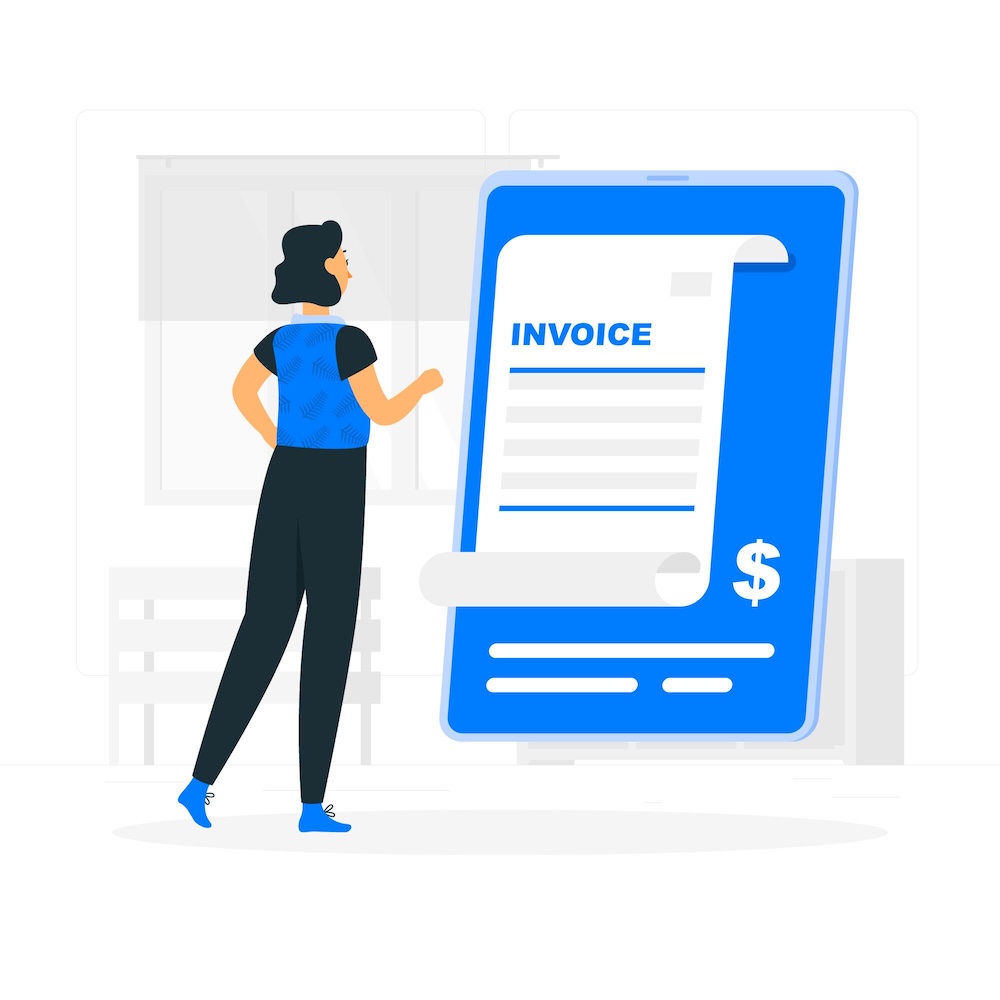Tips for Creating Professional Invoices: A Guide for Solopreneurs and Micro Businesses
Running a small business, freelancing, or managing a micro business means wearing multiple hats. You’re the CEO, accountant, marketer, and customer service rep all rolled into one. Among the many responsibilities, invoicing might not be the most exciting task—but it’s one of the most crucial.
A well-structured, professional invoice does more than just get you paid on time. It builds trust with your clients, maintains professionalism, and ensures clarity in financial transactions. But let’s be honest—creating and managing invoices can be a headache if not done properly. Late payments, missed details, and unprofessional formats can cost you both time and money.
If you’ve ever struggled with invoicing, don’t worry—you’re not alone. In this guide, we’ll walk you through some practical invoicing tips to help you create professional invoices that keep your business running smoothly and your clients happy.
Why Professional Invoices Matter
As a solopreneur or freelancer, your invoices are often one of the few official documents that represent your business. A sloppy or incomplete invoice can leave a bad impression, making clients hesitate to work with you again. On the other hand, a well-crafted invoice:
- Ensures timely payments – Clearly stated terms and due dates mean fewer delays.
- Projects professionalism – Well-organised invoices reflect your credibility.
- Prevents disputes – A detailed invoice eliminates confusion and misunderstandings.
- Keeps your finances in check – Proper invoicing ensures accurate record-keeping, which is essential for tax purposes and financial planning.
1. Use a Professional Invoicing Template
While it might be tempting to whip up an invoice in Word or Excel, using a dedicated invoicing tool can save you time and effort. A professional invoice should have a clean and organised layout, making it easy for your client to understand the details at a glance.
A good template includes:
- Your business name and logo
- Invoice number
- Date of issue and due date
- Client’s details
- Breakdown of services or products provided
- Payment terms
- Total amount due
2. Include All Essential Details
One of the most common invoicing mistakes is missing key information. An incomplete invoice can lead to unnecessary back-and-forth communication, delaying your payment.
Ensure your invoice includes:
- Your business details: Name, address, contact information, and any relevant tax identification numbers.
- Client’s details: The name and address of the company or person you’re invoicing.
- Invoice number: A unique identifier that helps track payments and references.
- Invoice date and due date: Specify when the invoice was issued and when payment is due.
- Itemised list of services/products: Provide a clear breakdown of what you’re charging for, including descriptions, quantities, rates, and subtotals.
- Total amount due: Make it crystal clear how much the client needs to pay.
- Payment terms: Outline accepted payment methods and any late payment policies.
3. Set Clear Payment Terms
The last thing you want is a client questioning your payment terms after the invoice has been sent. To avoid confusion, be upfront about your terms from the beginning.
4. Keep It Simple and Easy to Read
A cluttered invoice with unnecessary details can confuse your client, making them more likely to delay payment. Keep your invoice clear, simple, and structured logically.
5. Offer Multiple Payment Options
Clients are more likely to pay on time if they have convenient payment options. Consider offering:
- Online payment platforms (PayPal, Stripe, Wise)
- Credit card payments
- Direct bank transfers
- Mobile payment solutions
6. Send Invoices Promptly
Sending invoices late can lead to late payments. Make it a habit to send your invoice as soon as work is completed.
7. Automate Your Invoicing Process
Manual invoicing can be time-consuming and prone to errors. Using an invoicing tool like Payday can help you:
- Generate professional invoices in seconds
- Send automatic reminders for overdue payments
- Track invoice status and payments
- Offer insights into your pricing strategy
8. Keep Proper Records
Maintaining a well-organised record of all your invoices is essential for financial tracking and tax filing.
Final Thoughts
Professional invoicing isn’t just about getting paid—it’s about building trust, maintaining financial clarity, and positioning yourself as a serious business owner. By following these invoicing tips, you can simplify your workflow, reduce payment delays, and present a polished, professional image to your clients.
If you’re ready to take your invoicing to the next level, consider using Payday. With features designed specifically for freelancers, solopreneurs, and micro businesses, Payday makes it effortless to create, send, and track invoices—all while giving you valuable insights into your pricing and revenue.
